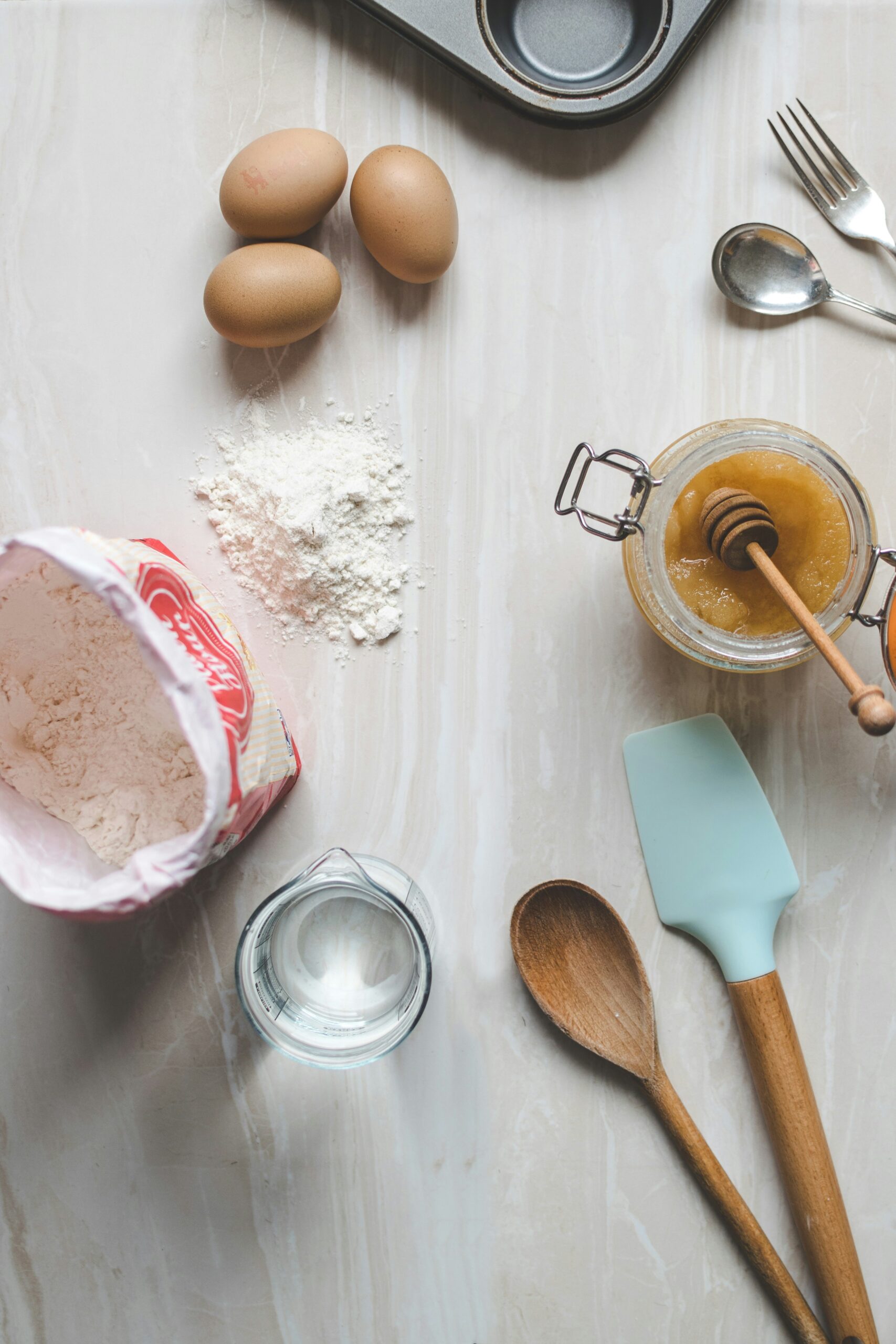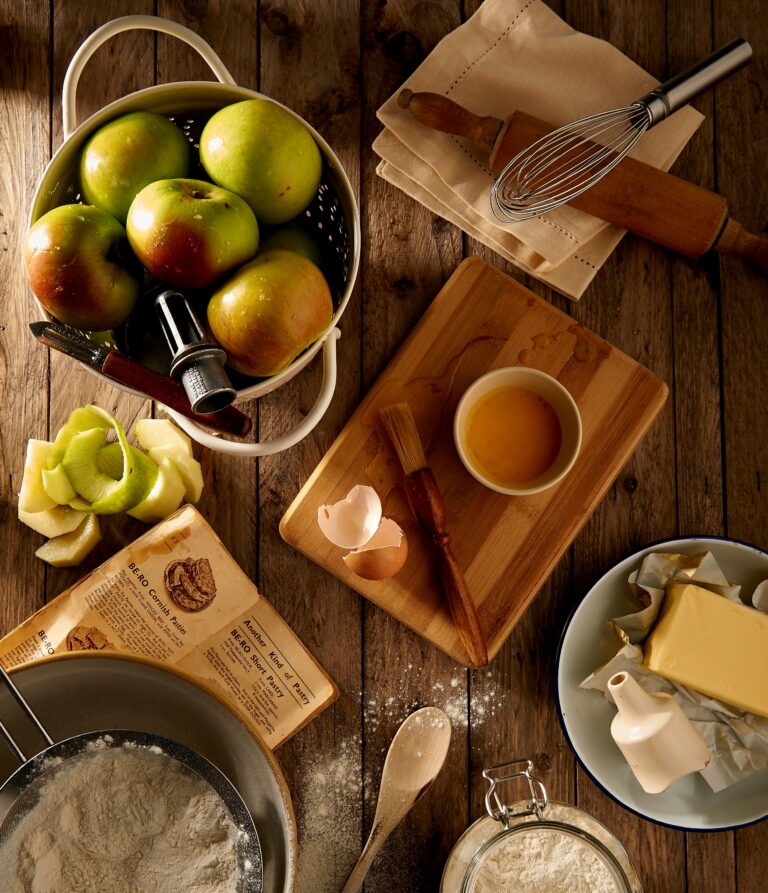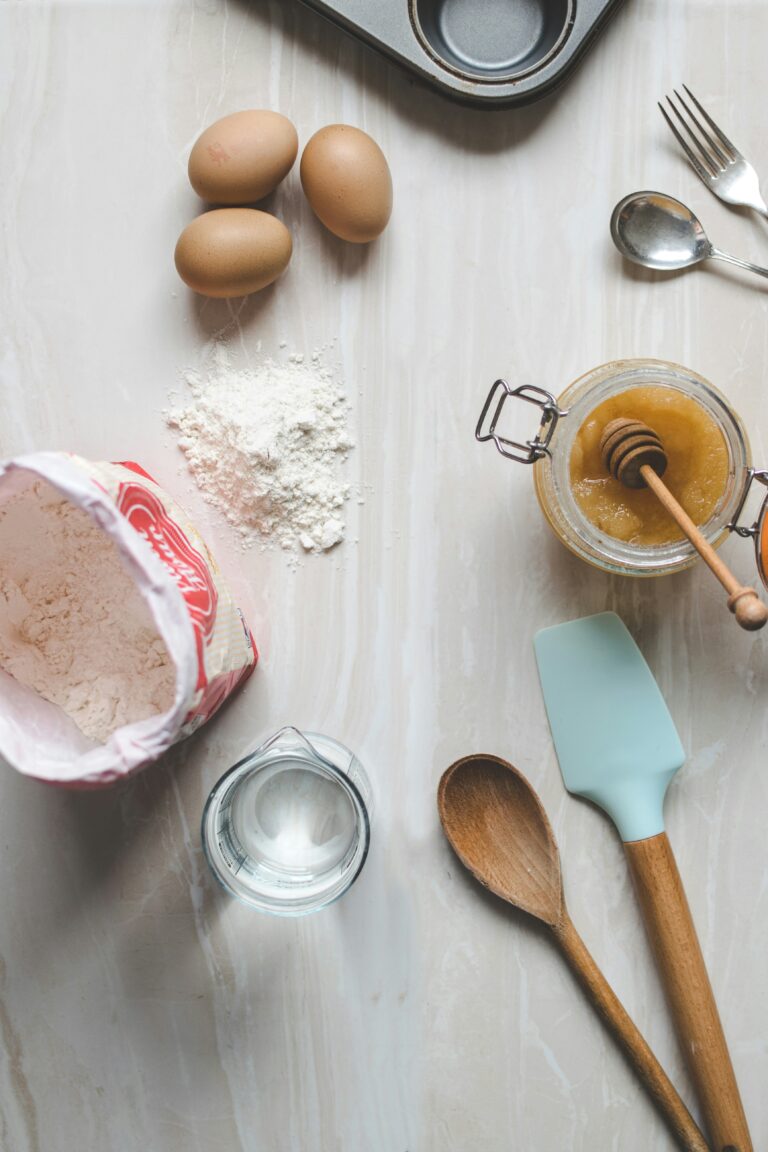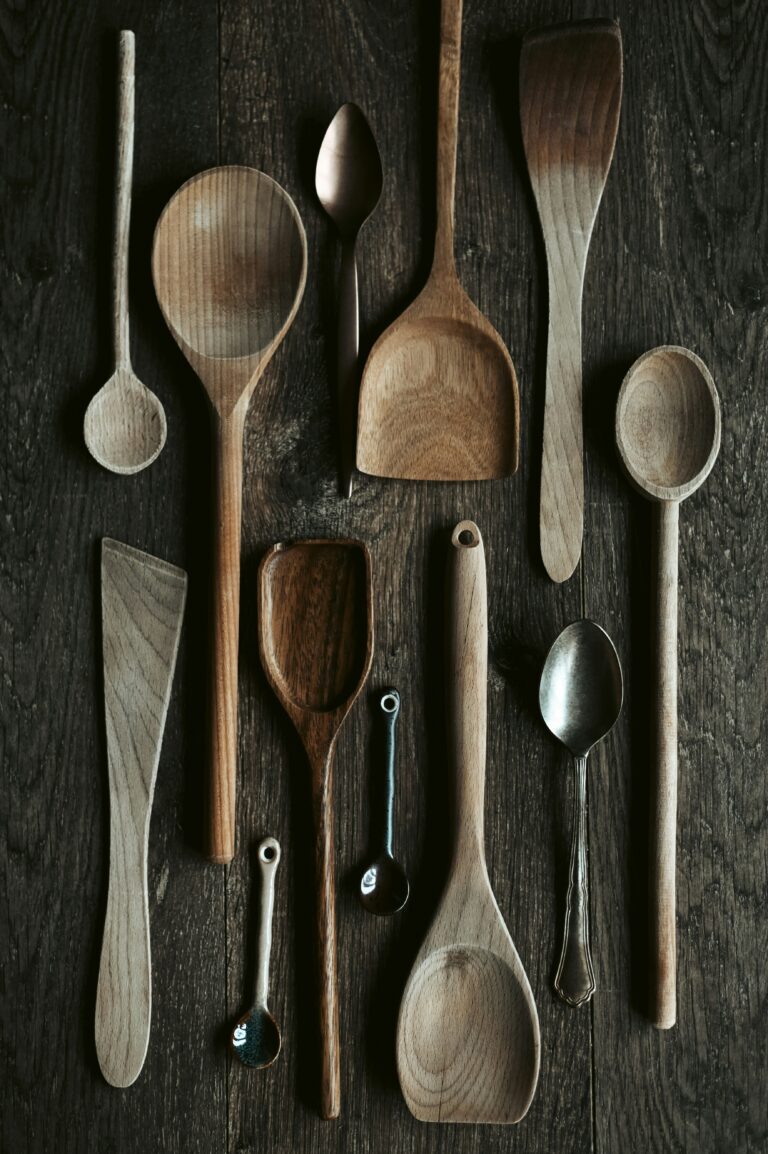Importance of Accurate Measurements in Cooking and Baking
Accurate measurement plays a crucial role in the success of cooking and baking endeavors. Precision in measuring ingredients ensures that dishes turn out as intended, both in terms of taste and texture. On the other hand, the repercussions of incorrect measurements can lead to culinary mishaps and unsatisfactory results.
Precision in Cooking
In the culinary world, precision is key. Whether following a recipe or experimenting with one’s own creations, accurately measuring ingredients ensures consistency and repeatability. A pinch of salt or an extra tablespoon of flour can significantly alter the final outcome of a dish. By adhering to precise measurements, cooks and bakers can achieve the intended flavors and textures, allowing their culinary skills to shine.
Impact of Incorrect Measurements
On the flip side, inaccurate measurements can derail even the most meticulously planned recipes. Too much flour can result in dense, dry baked goods, while too little sugar can leave desserts lacking sweetness. Similarly, imprecise measurements of spices and seasonings can throw off the balance of flavors in savory dishes. The impact of incorrect measurements extends beyond taste, affecting the appearance and overall quality of the final dish.
To delve deeper into the importance of accurate measurements and how they influence the outcome of your culinary creations, it’s essential to understand the distinction between volume and weight measurements. Each type of measurement has its own advantages and is suited for specific types of ingredients. By mastering the art of measuring ingredients with precision, you can elevate your cooking and baking skills to new heights.
Volume vs. Weight Measurements
When it comes to accurate measurements in cooking and baking, understanding the distinction between volume and weight measurements is essential. Both types of measurements play a crucial role in achieving consistent and delicious results in the kitchen. Let’s delve into the definitions and explanations of volume and weight measurements.
Definition and Explanation of Volume Measurements
Volume measurements in cooking and baking refer to the amount of space occupied by an ingredient. Common volume measurements include teaspoons, tablespoons, cups, and fluid ounces. Volume measurements are often used for liquids like water, milk, and oils, as well as ingredients that can be easily poured or scooped, such as flour, sugar, and spices.
Using volume measurements provides a convenient way to measure ingredients, especially when following recipes that specify quantities in cups or tablespoons. However, it’s important to note that the density of ingredients can vary, leading to discrepancies in the actual weight of the ingredient when using volume measurements. This can sometimes result in inconsistent outcomes, particularly in baking, where precision is key.
To achieve more accurate and reproducible results, some cooks and bakers prefer to use weight measurements, especially for ingredients that are prone to variations in density. Exploring the conversion between volume and weight measurements can help optimize your culinary creations. Check out our article on cooking measurement equivalents for more insights.
Definition and Explanation of Weight Measurements
Weight measurements, on the other hand, quantify the mass of an ingredient. Common weight measurements include ounces, grams, and pounds. By measuring ingredients by weight, cooks and bakers can ensure a more consistent and precise approach to their recipes, particularly when it comes to ingredients like flour, nuts, and dried fruits.
Using a kitchen scale to measure ingredients by weight offers greater accuracy and control over the final outcome of a dish. This is particularly beneficial in baking, where small deviations in ingredient quantities can significantly impact the texture and flavor of the final product. Understanding the weight of ingredients can also help in adjusting recipes to suit individual preferences or dietary requirements.
Exploring the nuances of volume and weight measurements can elevate your cooking and baking experience, leading to more reliable and delicious results. Whether you prefer the convenience of volume measurements or the precision of weight measurements, incorporating both into your culinary repertoire can enhance your skills in the kitchen. For tips on how to measure flour accurately, check out our article on how to measure flour.





